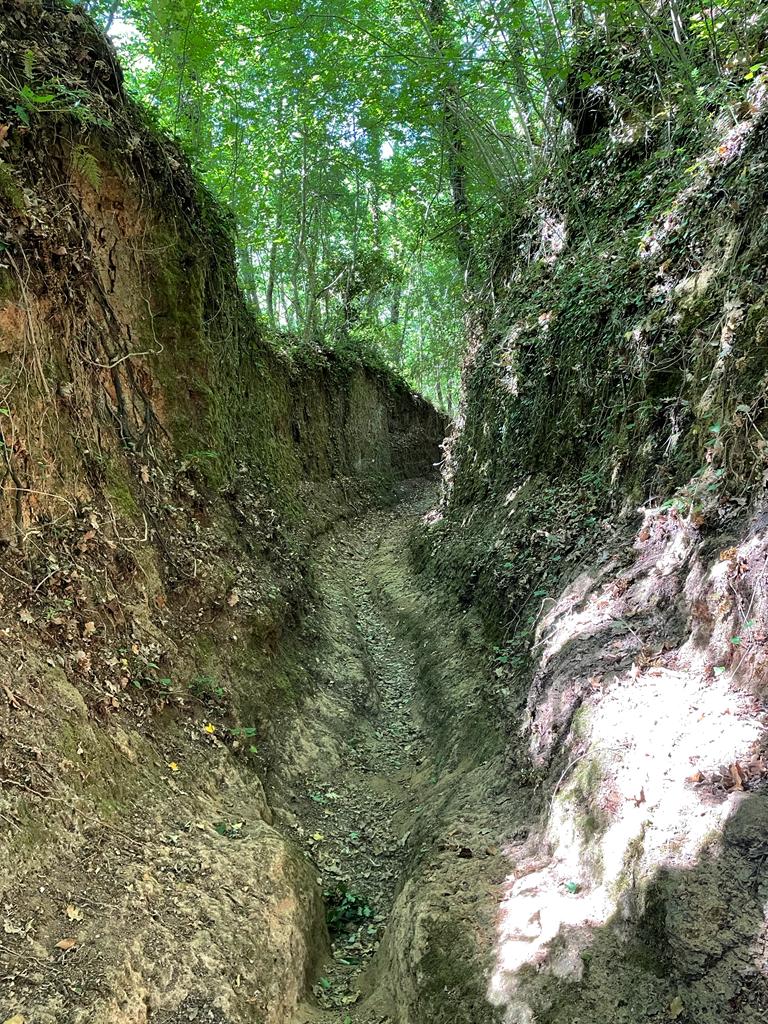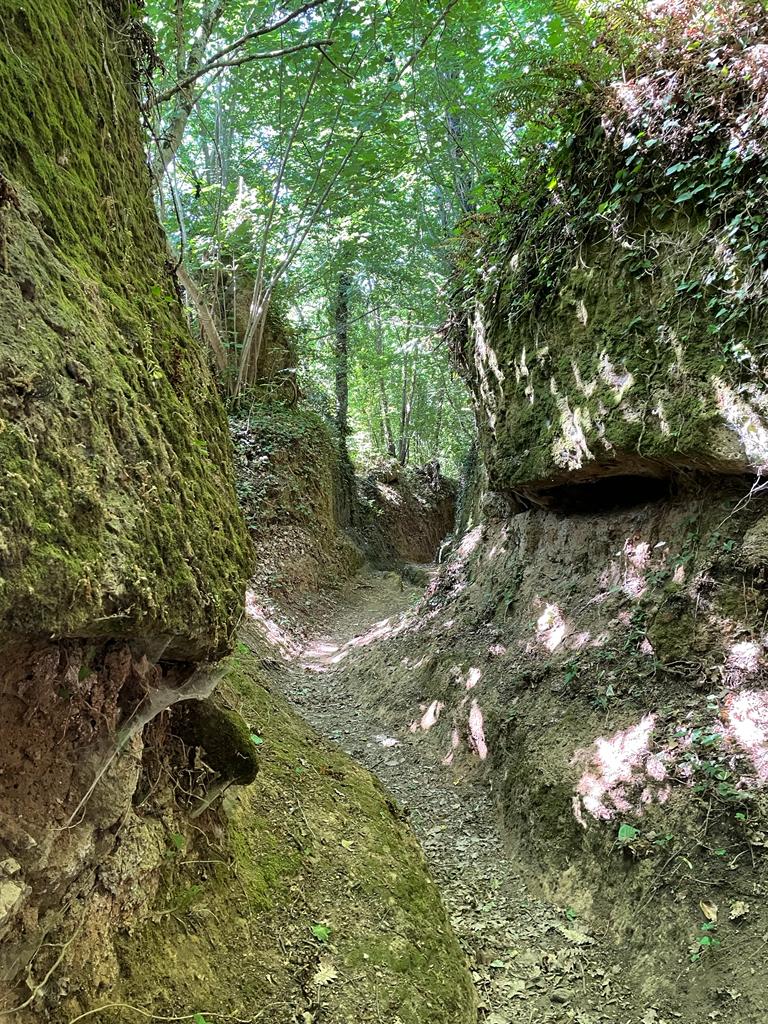Given the recent snows and thinking of friends and family living in currently sub-zero weather, I’m posting a short essay from my book, Stories to Gather All Those Lost . Published by Utah State University, the essays were originally radio commentary aired on KUSU-FM, Logan, Utah, and KUER-FM, Salt Lake City, Utah. The book is available on Amazon.
It is 8 P.M., and I have decided to go for a walk. I will find out tomorrow that the winds tonight are 65 mph and, with the wind chill factor, the temperature is -80 degrees. But I do not know this yet, and I think only of the walk. I dig my jacket with the coyote fur hood out of the closet. It is an old military jacket I was given when I was a visiting poet in a prison in the Midwest. It embarrasses me to have it; every time I wear it I think of all the jackets like it and all the coyotes that were killed in order to make them: thousands of coyotes, all slaughtered for the Air Force. Still, I keep it. It reminds me of the young prisoners, and me, immured in the sloping stubble fields of central Iowa, all huddling in our khaki green jackets crossing the barren prison grounds to the classroom building.
When I step off the back porch, away from the protection of the garage, someone punches me in the chest. I suck air. It is the wind. I pull the hood as far forward as it will go, creating a six-inch, fur-circled tunnel around my face. It could be perfect. I am warm from the waist up and around my head, but I have forgotten to wear long underwear, and my jeans are too thin: only a minute out and my thighs hurt.
But I will not go back. I am alone with the wind, the way I want to be.
I turn left, skirt the golf course on the north, and head toward Lundstrom Park, where, on a night last summer, I lay in the grass next to the canal and watched the Perseid meteor showers. Now the park is cold and barren, the wind slapping against the ball diamond backstops. The road and walks are clogged with drifts.
Tonight the wind is in a wild dance with the snow, and the wind is the stronger partner. It howls across the surface of the streets and yards, ripping away the fine top layer of the drifts, incited to a cold stinging fog that swarms over the drifts and scuffles along a frozen gutter. Bearing the snow, the wind shifts and dodges along the ground, stops suddenly, then leaps up again, lashing my feet and legs. Across from Lundstrom, I turn west, toward the dirt hills. The wind is behind me now, plummeting down from the Wasatch Front. This wind wants me to do something wild.
I cut off the street into the dirt hills. The street is too safe, I’ve decided. How far do I need to go for wilderness?
Fifty yards in, the drifts are suddenly waist high and hard. It is as if I stood still and they crept in around me. I start over them, slipping, regaining balance just before I fall and then slip again. I can’t get a grip on the sanded snow. The drifts undulate in front of me. Sucking air, I make my way. One strong gust and I am blown down, rolling as I fall to the bottom of the drift.
Things are getting serious. This isn’t suburbia, this isn’t Maple Drive winding gently through one of the older developments of Logan.
A friend, Kim, once told me to “Know your place.” I think of him. My place is a brick house behind a row of maple trees. Secure in that warm house, I make stew and watch the snow drift against the juniper bushes.
But tonight, only blocks away, I find another of my places. I have walked here dozens of times before, and I know now I never knew this place; I am only beginning to understand. This wind torn barren field, scarred by backhoes, disfigured by the encroachment of ranch houses, is keeping itself. The wind slaps me in the face, and I pay attention.
I push myself up to my knees, dig in the steel toes of my boots, and heave myself up, leaning hard into the wind. My hands ache, my thighs sting.
I begin to run; I am only on the edge of being frightened. Mostly, I am cold. I run in a jerky, uneven motion. My boots grip one step and slip the next, one step slides and the next sinks, waist deep. I stumble, fall, groping my way toward the road, head into a wind too painful to breath.
My friend’s mother died in a drift at the end of her street. She wanted to die there. She planned it that way, and she went there on purpose to freeze to death. She was only yards from a house.
This story I’m telling is small. It is just one of many of a season when I learned to let the snow take me. To let the snow gather me in with all those lost.


